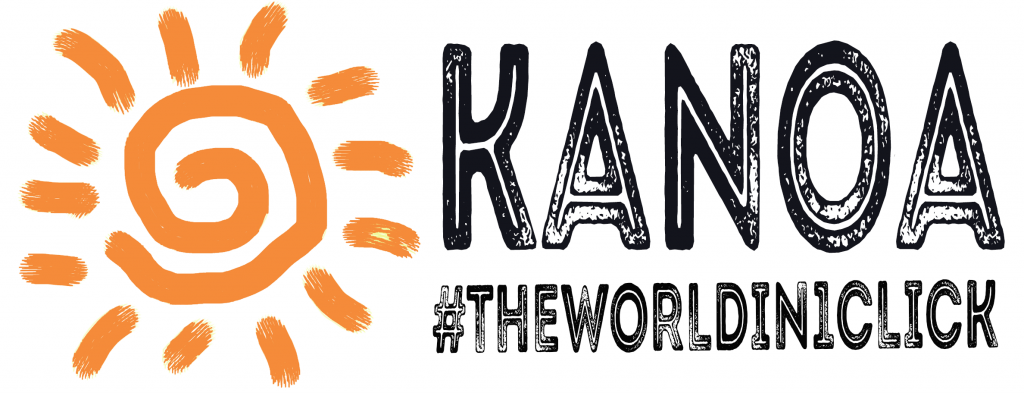Paris, Marseille, Mont-Saint-Michel and other fantastic destinations: click on the photo and choose what to see. Of all the cities, practical information to get from Italy, how to move and many itineraries and travel proposals.
WHEN GOING
Given the extent of the country, the meteorological scenario varies from region to region. In any case, in the summer, good weather can be found everywhere; however, often on the Atlantic side it is not difficult to run into some downpour in July or August. The north-eastern slope, on the other hand, is characterized by fairly harsh winters.
DOCUMENTS AND CUSTOMS
There is no obligation to produce documents at the border, but you are always required to bring an ID card or passport with you. It is recommended, above all, to bring the CI of their children under age, even if traveling by car or train. See our special section on this subject.
If you travel by car or motorbike, the Italian driving license and the vehicle registration card are mandatory. The Green Card is also recommended, which is extremely useful in the event of an accident (well, we do not wish it).
CURRENCY AND CHANGE IN FRANCE
The Euro is the official currency from the 01/01/2002. Many businesses accept credit cards; cash will come in handy especially for purchases in markets, kiosks, small businesses or smaller villages. If you need to enter the Bank, keep in mind that, except for the small municipalities (where between the 12 and the 14 takes a break), all the institutes are open, in general, from Monday to Friday from 09:00 to 16:30, and Saturday and fake birthdays at 12.
HOW TO GET
PLANE
Not only the big cities, but also several smaller cities, are connected with all of Europe, thanks above all to the widespread diffusion of low cost. Today, almost all the main Italian destinations are connected to Paris; many others, with the rest of the country. Our guides on destinations, indicate the various companies that make direct connections with the Belpaese.
CAR
Depending on the destination, in France you can access the Mont Blanc Tunnel, the Fréjus Tunnel and the Ventimiglia pass, from Italy. There are also some minor alpine passes, closed to traffic for several months of the year. The speed limits are on the lines of those Italians, the only attention is to the signs that often generate confusion for Italian drivers; in GREEN the freeways are indicated and in blue the motorways! Obligatory seat belts for those in front of and for minors of 10 traveling backwards. Be careful that the French police do not transpose belts, speed limits and alcohol levels.
The stop, especially in large centers, is paid everywhere.
For the fuel you always use yourself; on the highway and in many cities, many stations are open 24 h on 24 and accept payments with credit cards. Prices vary a lot from area to area, but generally, if you choose the pumps near the hypermarkets you can save a little.
The French motorway and road network links all corners of the country in a capillary way but it is notoriously expensive, especially along the stretch of the French Riviera (we recommend bringing, in this case, many coins if you do not want to pay at the toll booth). A travel insurance would be more than appropriate when you go by car to France.
TRAIN
High quality standards characterize both the fast TGV line and the ordinary SCNF network. From Milan you can reach Paris in just over 6 hours thanks to the TGV. An impressive number of passengers travel from the capital every day across the country and throughout Europe.
PRACTICAL INFO
The summer time coincides with the Italian one. The power sockets in France are bipolar but for watt and volt there is no problem.
Said previously of the Banks, the post offices are open from Monday to Friday from 08 to 19 and Saturday up to 12 (in some minor municipalities, always close at 12: 30).
The shops, with some exceptions, are open from morning until 19, remaining closed on Sunday and holidays.
The churches observe our same schedules, but, remember, that the visit is forbidden when the Holy Mass is celebrated.


